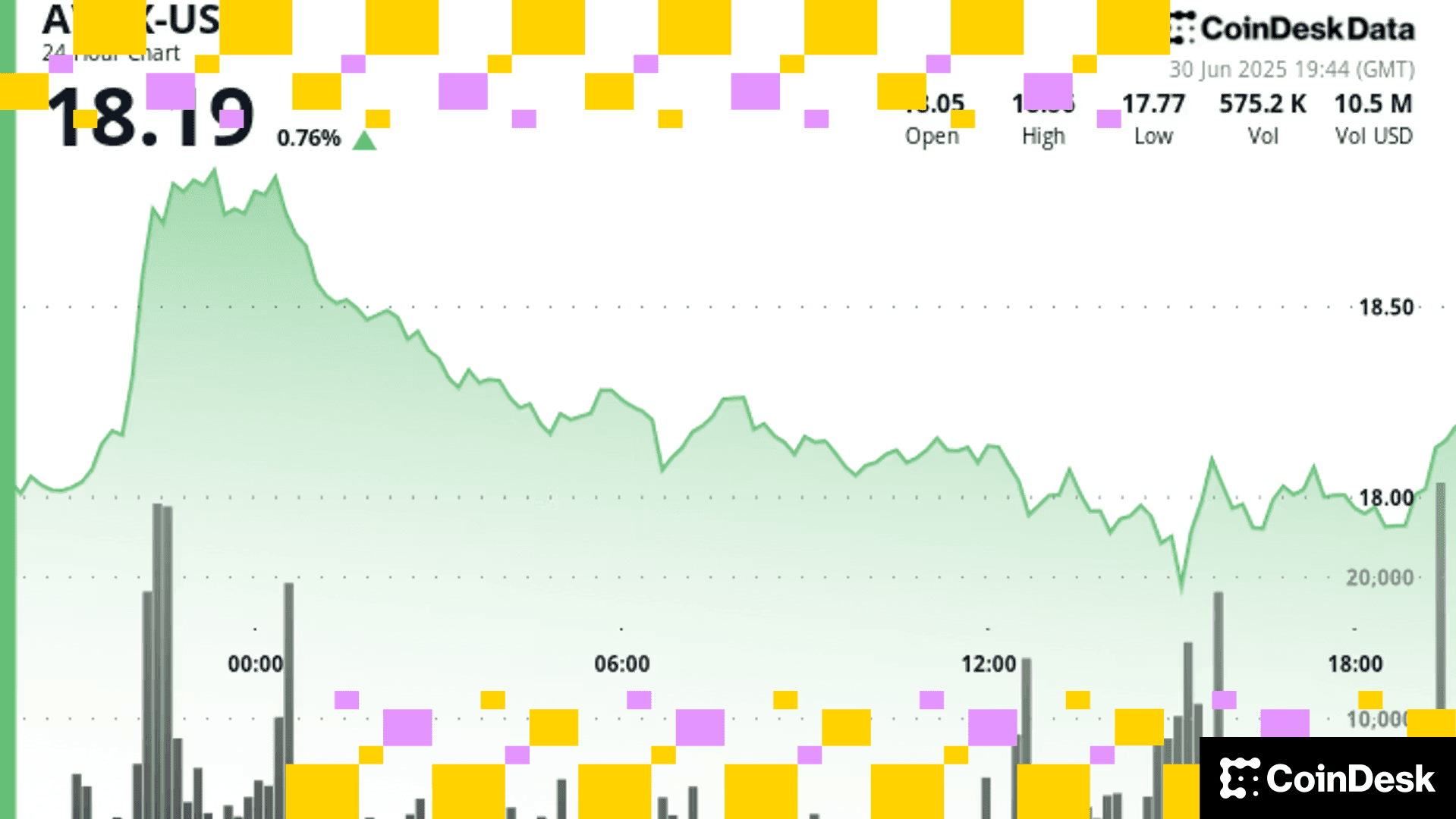US Senators Ask Fidelity to Reconsider Bitcoin 401(k) Offerings Following FTX Collapse
Fidelity now allows companies to offer its digital assets account as part of their 401(k) line up.

Fidelity should reconsider its retail clients' exposure to bitcoin in their retirement accounts in light of the FTX collapse, said three Democratic senators in a letter on Monday.
The U.S.-based financial services firm now allows companies to offers its digital assets account as part of their 401(k) line up, a Fidelity spokesperson told CoinDesk in a statement. Fidelity’s retirement accounts are big business: The company had an estimated $2.4 trillion in 401(k) assets in 2020, or more than a third of the total U.S. market at that time, according to research firm Cerulli Associates.
The senators – Richard Durbin (D-Ill.), Elizabeth Warren (D-Mass.) and Tina Smith (D-Minn.) – had previously expressed their trepidation over the plan in July, and the Department of Labor had expressed similar concerns in April.
"The ill-advised, deceptive and potentially illegal actions of a few have a direct impact on the valuation of bitcoin and other digital assets," according to this latest letter.
Already deep in a bear market, bitcoin (BTC) has fallen even further since the FTX exchange collapse earlier this month, touching a two-year low below $15,500 on Monday. The price had rebounded to $16,500 at press time.
"Recent events in the digital assets industry have further underscored the importance of standards and safeguards," a Fidelity spokesperson said. "As a firm that has been serving customers in financial markets for over 75 years, Fidelity has always prioritized operational excellence and customer protection across all of its businesses."
Read more: Dick Durbin Joins US Senators Criticizing Fidelity’s Plan to Include Bitcoin in 401(k) Plans
UPDATE (Nov. 23, 8:35 UTC): Add Fidelity statement in last paragraph.
More For You
Exchange Review - March 2025

CoinDesk Data's monthly Exchange Review captures the key developments within the cryptocurrency exchange market. The report includes analyses that relate to exchange volumes, crypto derivatives trading, market segmentation by fees, fiat trading, and more.
What to know:
Trading activity softened in March as market uncertainty grew amid escalating tariff tensions between the U.S. and global trading partners. Centralized exchanges recorded their lowest combined trading volume since October, declining 6.24% to $6.79tn. This marked the third consecutive monthly decline across both market segments, with spot trading volume falling 14.1% to $1.98tn and derivatives trading slipping 2.56% to $4.81tn.
- Trading Volumes Decline for Third Consecutive Month: Combined spot and derivatives trading volume on centralized exchanges fell by 6.24% to $6.79tn in March 2025, reaching the lowest level since October. Both spot and derivatives markets recorded their third consecutive monthly decline, falling 14.1% and 2.56% to $1.98tn and $4.81tn respectively.
- Institutional Crypto Trading Volume on CME Falls 23.5%: In March, total derivatives trading volume on the CME exchange fell by 23.5% to $175bn, the lowest monthly volume since October 2024. CME's market share among derivatives exchanges dropped from 4.63% to 3.64%, suggesting declining institutional interest amid current macroeconomic conditions.
- Bybit Spot Market Share Slides in March: Spot trading volume on Bybit fell by 52.1% to $81.1bn in March, coinciding with decreased trading activity following the hack of the exchange's cold wallets in February. Bybit's spot market share dropped from 7.35% to 4.10%, its lowest since July 2023.
More For You












